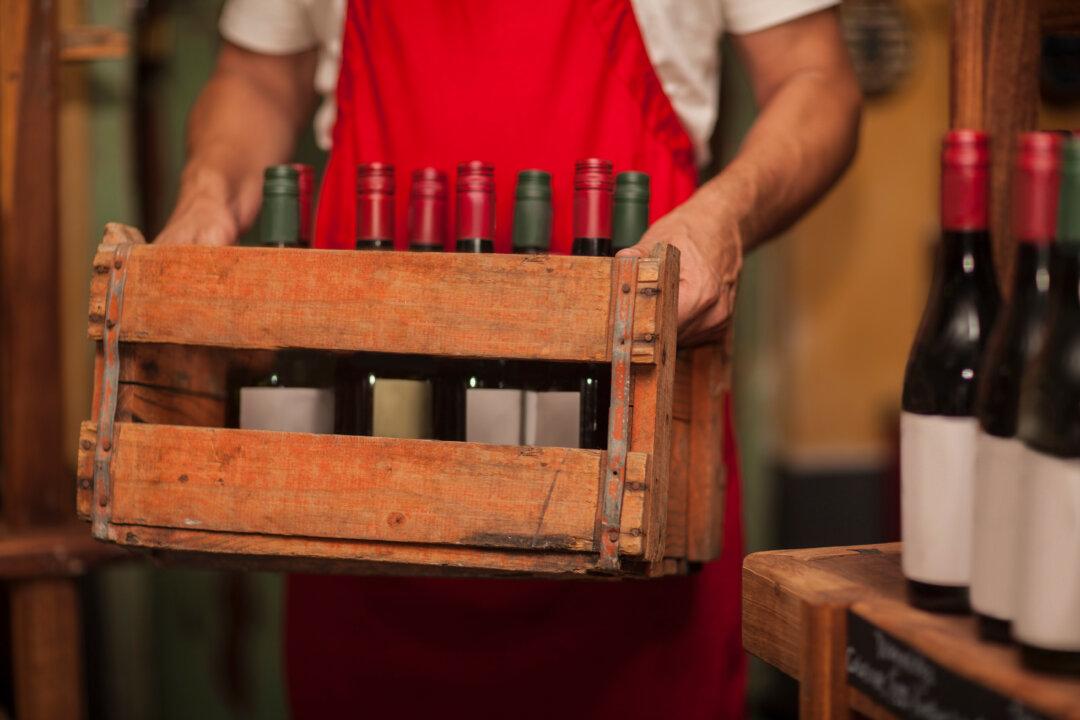One of the worst trends in winemaking over the last 25 years is the ever-greater use of ultraheavy bottles in which to market wine.
It is an odious fashion statement because it serves only one purpose: to imply that the wine inside the bottle is impressive. Which obviously makes absolutely no sense. The appearance of the bottle has absolutely nothing to do with the quality of the wine.
However, using heavy glass is a major trend that began about 30 years ago and has, idiotically, continued in many areas of the wine world, mainly with expensive wine. It flies in the face of evidence that consumers are growing more conscious of earth’s fragility—and heavy glass bottles contribute to the problem.
Ultraheavy bottles subsidize the destruction of the environment. Think of all the ways heavier, thicker bottles cost society. First, it means that a pallet of wine not only is heavier, but it also limits the number of bottles that can fit on one shipping pallet.
Extra weight also means that retail and wholesale employees now must carry far heavier loads than before (which impacts health insurance).
And the extra weight also puts a greater strain on shipping, so costs rise. Extra-heavy bottles also take up more space, and some bottles do not fit into standard wine racks.
About 40 years ago a box of wine with 12 bottles weighed 34 pounds, meaning that bottles weighed less than 3 pounds each. Bottles were made of lighter glass; they were slightly thinner than the bulbous bottles of today—and they held up just fine.
I have a scale in my office. A bottle of a Napa Valley cabernet sauvignon recently was released that weighed 4 pounds, 3.5 ounces. A Chilean cabernet weighed 4 pounds, 4.5 ounces. A box of that wine would weigh more than 51 pounds!
A pallet of wine once normally held 56 cases. Thicker bottles now require wider boxes. Today’s shipping pallets can hold just over 50 12-pack cases of heavier glass bottles—six cases fewer than what once was normal.
The first “fancy” bottles I saw came in about 1985. They had a “punt”—an indentation in the bottom. Soon everyone was using deep-punt-bottom bottles. As a result, weights went up.
But that wasn’t all. Some wineries wanted bottles that looked even fancier, sort of the way perfume makers justify selling what is essentially an inexpensive liquid for lots of money.
Traditional wine bottles had been 11 inches tall. By the 1980s, bottles began to grow in height. Today, most cabernets are 12 or 13 inches tall. A few are 14 inches. And with the added height came added weight.
Thicker bottles, more common with expensive pinot noirs from California, often don’t fit into normal wine racks. And producers of other wines are jumping on this dumb bandwagon.
Environmentalism has been a common theme throughout the California wine industry over the last decade. Literally dozens of wineries, if not hundreds, now tout their environmental sensibility. Some talk about going organic or biodynamic.
If wine industry members want to suggest to consumers that they are doing right by the planet by avoiding pesticides and other chemicals, it might seem hypocritical if they also stick with heavy bottles.
If a winery wants to make a stronger “green” statement, it can switch to lighter-weight bottles that use less glass, cost less to make, stack more compactly, and use less fossil fuel to ship.





